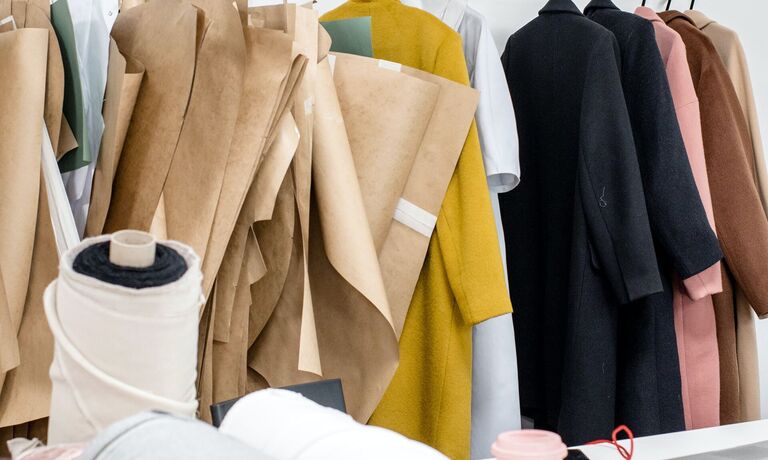- About us
About us
- News
- Projects
- Calendar
- Contributors
Contributors
- Blog
- Digital Inovation Hub
- Living Lab
- Contact

Dyeing clothes with natural colors used to be a wonderful craft, and now that fast fashion has come under fire for its unsustainability, it is making a big comeback.
Where to start?
When starting with this process first fabric has to be prepared with washing and soaking. Only natural fabrics can be dyed, it has to be protein fabric such as wool, silk, or cellulosic fabric like cotton and linen. Paint can be prepared in different ways, depending on the raw material. For dyeing can be used different parts of plants like roots, leaves, flowers, and fruits. We talking about eco-printing, which is a process of getting a print directly from the plant on the fabric, by using certain methods there are plants and flowers that are great for this.
Preparing fabric for natural dyeing
Everything starts with the process called scouring – which means removing any oils, waxes, or residues from fabric by using dishwasher liquid or eco-friendly PH-natural soup and soda crystal. Plant and protein fibres have to be treated differently. Plant fibres should be washed at 60-90 degrees, or they have to be boiled in a large pot with added soap and crystals of soda. Keep in mind that plant fibres are stronger than animal fibres. Protein fibres are treated in cold water with the addition of soap and soaked overnight. Fabric is immersed in water and dye pick-up and soaked for 24 hours. In this period plants are picked and soaked in a warm bath. The temperature is slightly heated. After finishing the process of dyeing or printing and after everything is dried the process of ironing and sewing start.
Eco printing
Leaves, flowers berries, bark even onion skins, avocado pits mint, or sage are great for printing. Before applying on the prepared fabric materials have to be soaked in 10% alum solution. The alum will help the natural dye to better adhere on the paper. Then the creative process starts. You should arrange the materials and gently press the paper layers between two wooden pieces or something similar to provide support. With rubber bands or string wood can be tied. Then is ready for boiling, and this process lasts approx. 30 minutes. The process ends with unwrapping and final washing.
Magic in it
The process of dyeing is unpredictable. Color depends on many factors, whether the plant is dry or fresh, how long was in the bath, and what techniques for dyeing and eco-printing techniques are applied… This is the magic behind all – playing with fabrics and materials that are applied to it.
Who does it best in Croatia?
Marija Kulušić buys deadstock fabrics (surpluses that were not sold), buys back used raw materials, and acquires antique materials made in Croatia. Ivana Biočina uses organic hemp, organic cotton, linen, and ramie. She is practicing upcycling and repurposing old materials with natural dyeing with local plants. Andrea Anić Profound Apparel brand is owned by Andrea Anić Dokmanović. Andrea is practicing natural dyeing and eco-printing of cotton fabrics. Student Vedrana Peček is exploring natural dyeing. After first testing with Mint and everything started, she is experimenting with different plants and sees the future in a combination of agronomy and textile design.